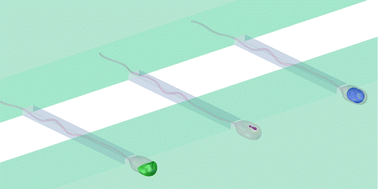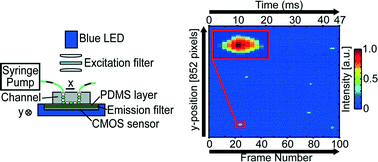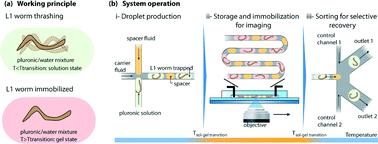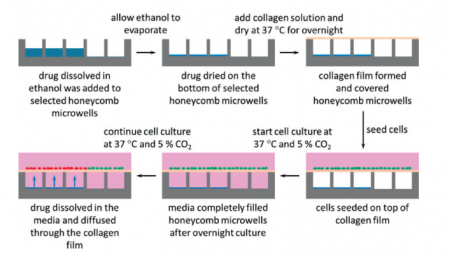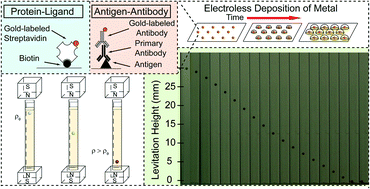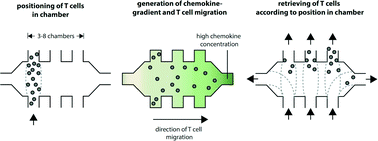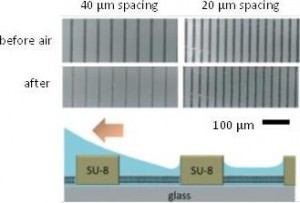We are delighted to welcome Xudong (Sherman) Fan to the Lab on a Chip Editorial Board.

Dr Fan is currently a Professor in the Department of Biomedical Engineering at the University of Michigan.
Having completed his B.S and M.S at Peking University, Xudong moved to the USA to complete his PhD at the University of Oregon in the Oregon Center for Optics. From 2000 to 2004, Xudong worked at Research Corporate Lab at 3M Company. In 2004 he took up a position as an Assistant Professor at the University of Missouri where he became a member of Christopher S. Bond Life Sciences Center and the International Center for Nano/Micro Systems and Nanotechnology. In 2010 Xudong moved to the University of Michigan where he is currently a Professor of Biomedical Engineering, a member of Michigan Center for Integrative Research in Critical Care and Wireless Integrated Microsensing and Systems.
Research in The Fan Lab focuses on the development of novel bio/chemical sensor platforms for analytes in either liquid or gas phase using optofluidic technology and multi-dimensional micro-gas chromatography technology. The groups most recent publication in Lab on a Chip ‘Optofluidic lasers with a single molecular layer of gain’ was added to our Lab on a Chip 2014 HOT Articles collection as it received particularly high scores during peer review.
Last year Xudong received a Departmental Award for Outstanding Accomplishment and become a fellow of Optical Society of America. Congratulations Xudong!











